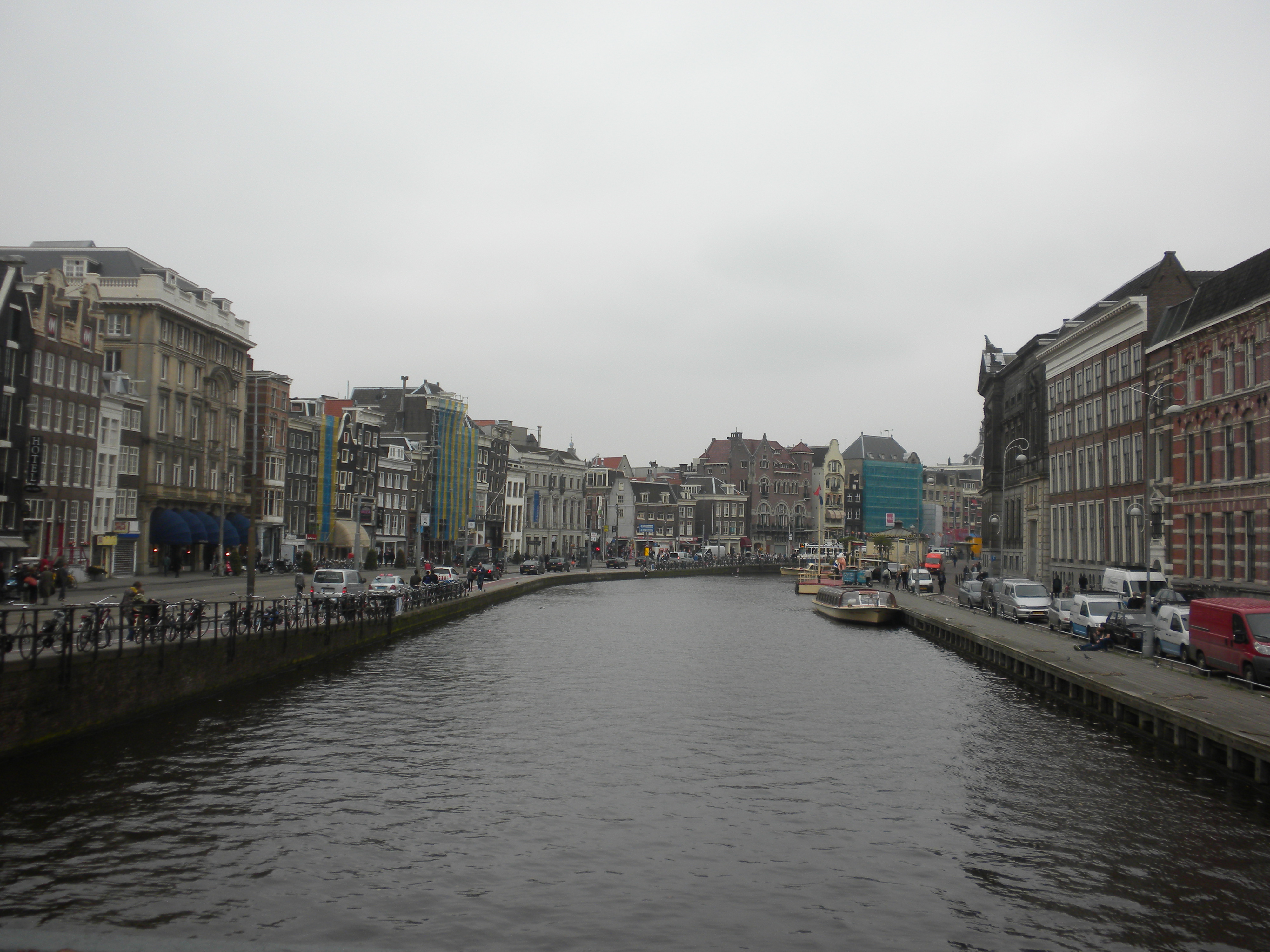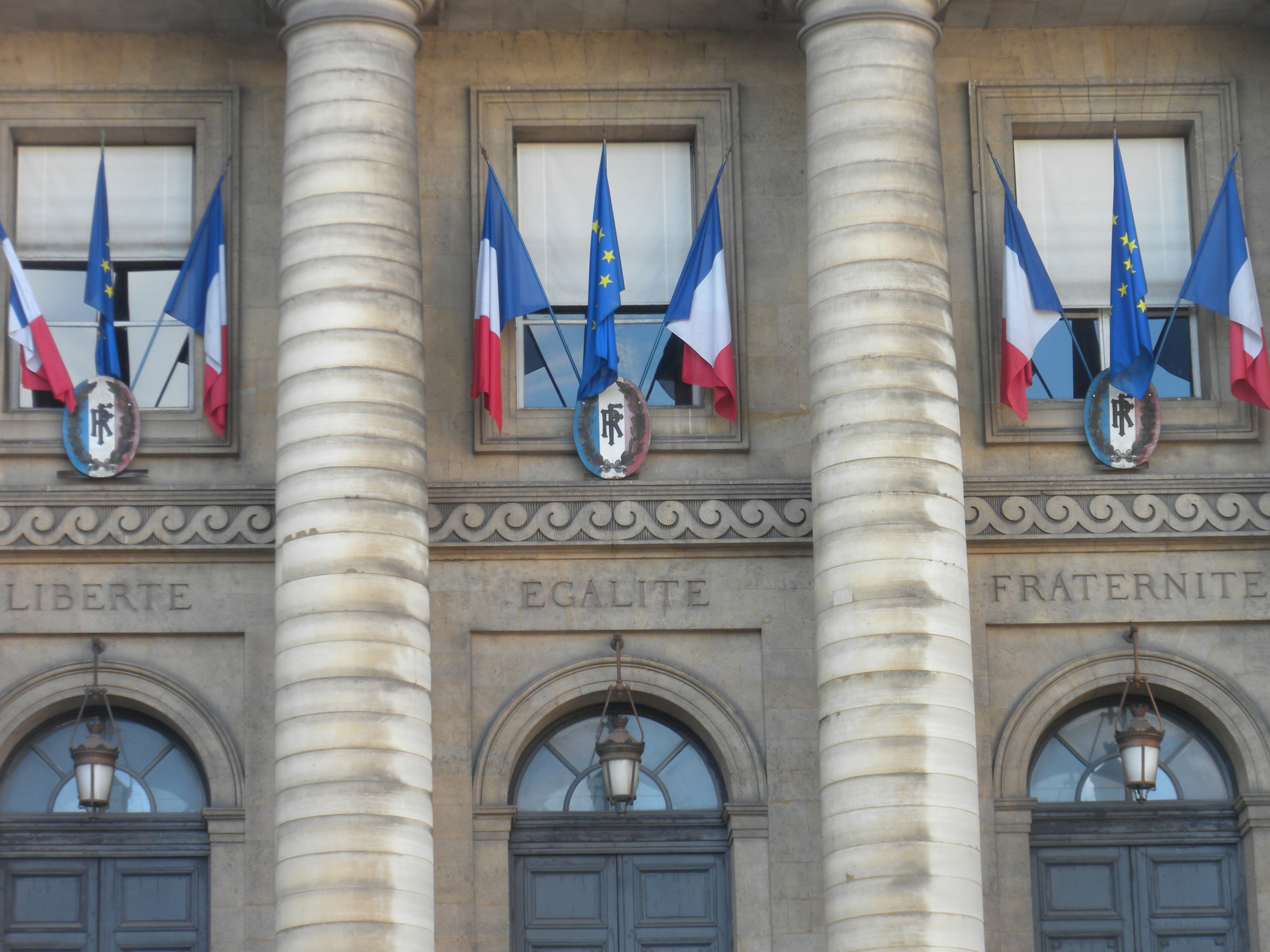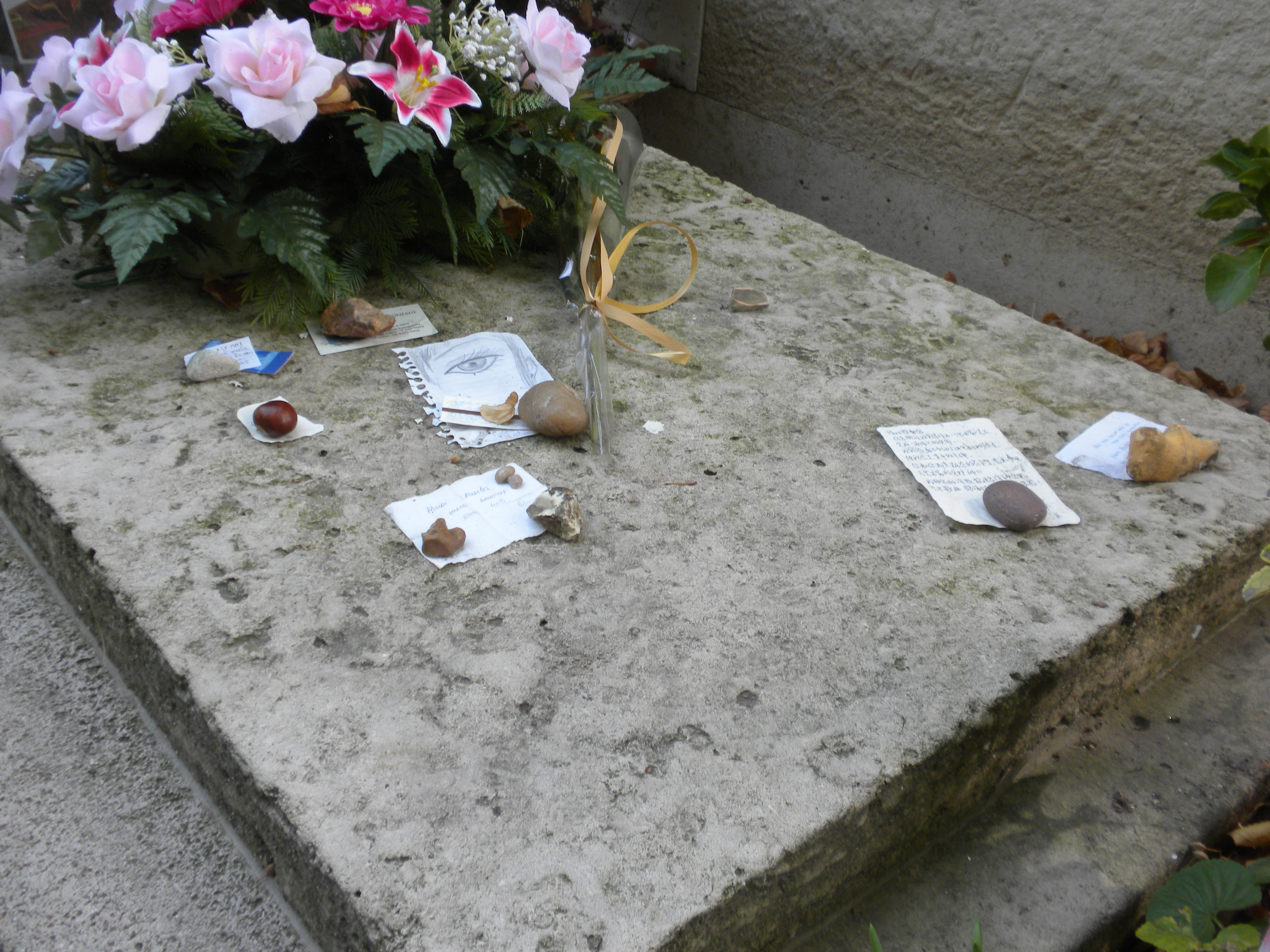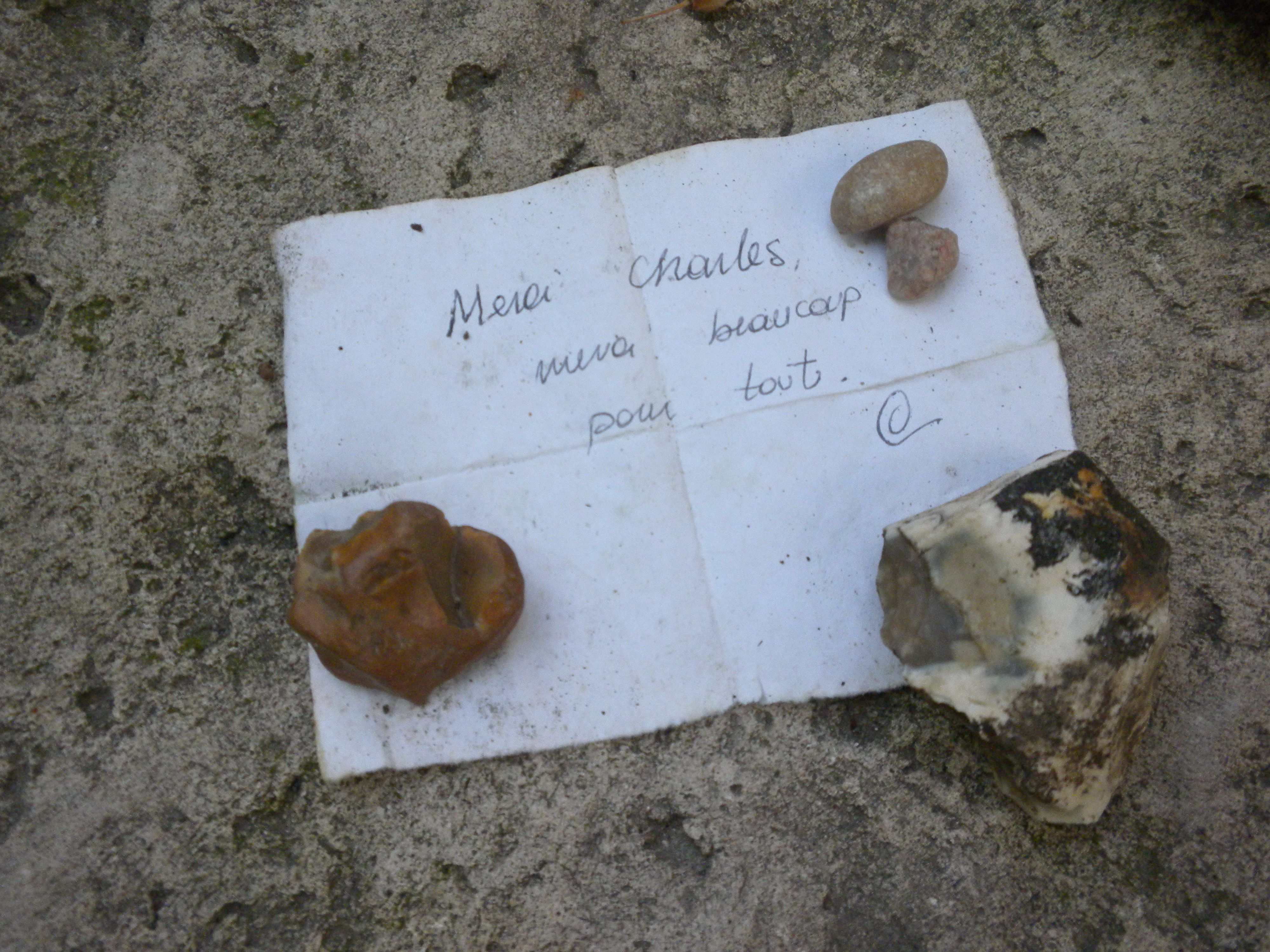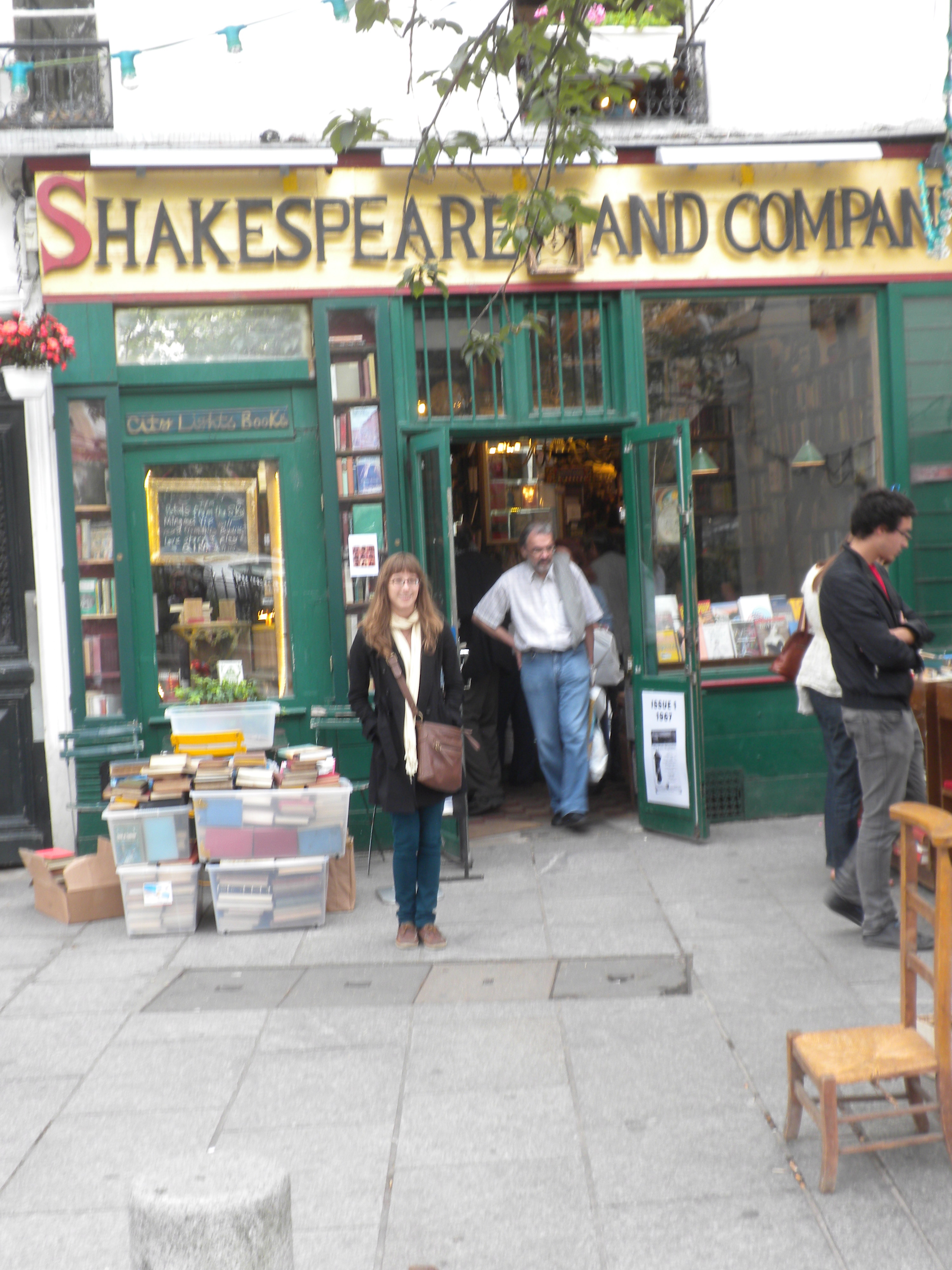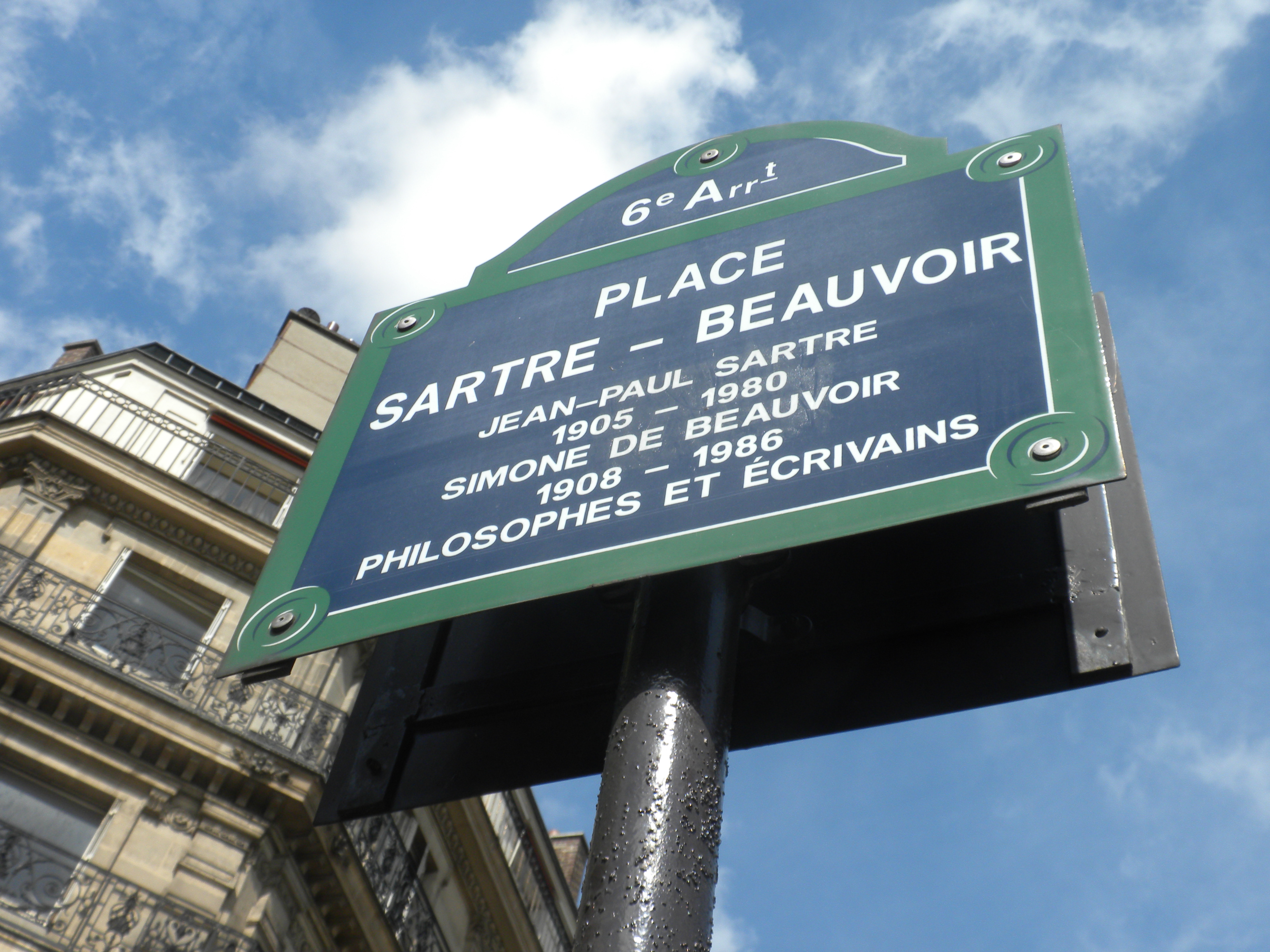A couple months ago, I was looking through my grandparents’ old house. While shuffling through dusty piles of letters, papers, and family photographs, I came across an envelope full of little pictures. They were photographs my grandfather took during World War II when he was stationed as a soldier in France and sent home to my grandmother. On the back of each, he wrote dates, names of people and locations, and often a comment. He wrote on the back of a picture of the Palais Garnier, where the Op�ra National de Paris shares its home with the legendary Phantom, that he would have loved to see a performance there, if he ever came back. He was a musician himself and he loved classical music and opera; it would have meant a lot to him. He never got that chance, so I decided that I would go instead.
Last night there was a salon of classical music – a string quartet played Schumann and a string/woodwind octet performed pieces by Hindemith, a more contemporary composer. While the music was good and the musicians extremely talented, I enjoyed seeing the Palais Garnier more than anything. The ornate decorations, the balconies, rich red curtains, and paintings on the ceiling made it feel like stepping back a hundred years or so. The building is immense, too; you enter through two grand halls before even coming to the theatre. Of course, I came in through the backdoor with the rest of the poor students buying last-call tickets ten minutes before the show. But still, it was cool (and worth the 10 euros).
And although my imagination was working hard and wishing for it, the Phantom didn’t show up. Maybe he only makes an appearance for actual operas.
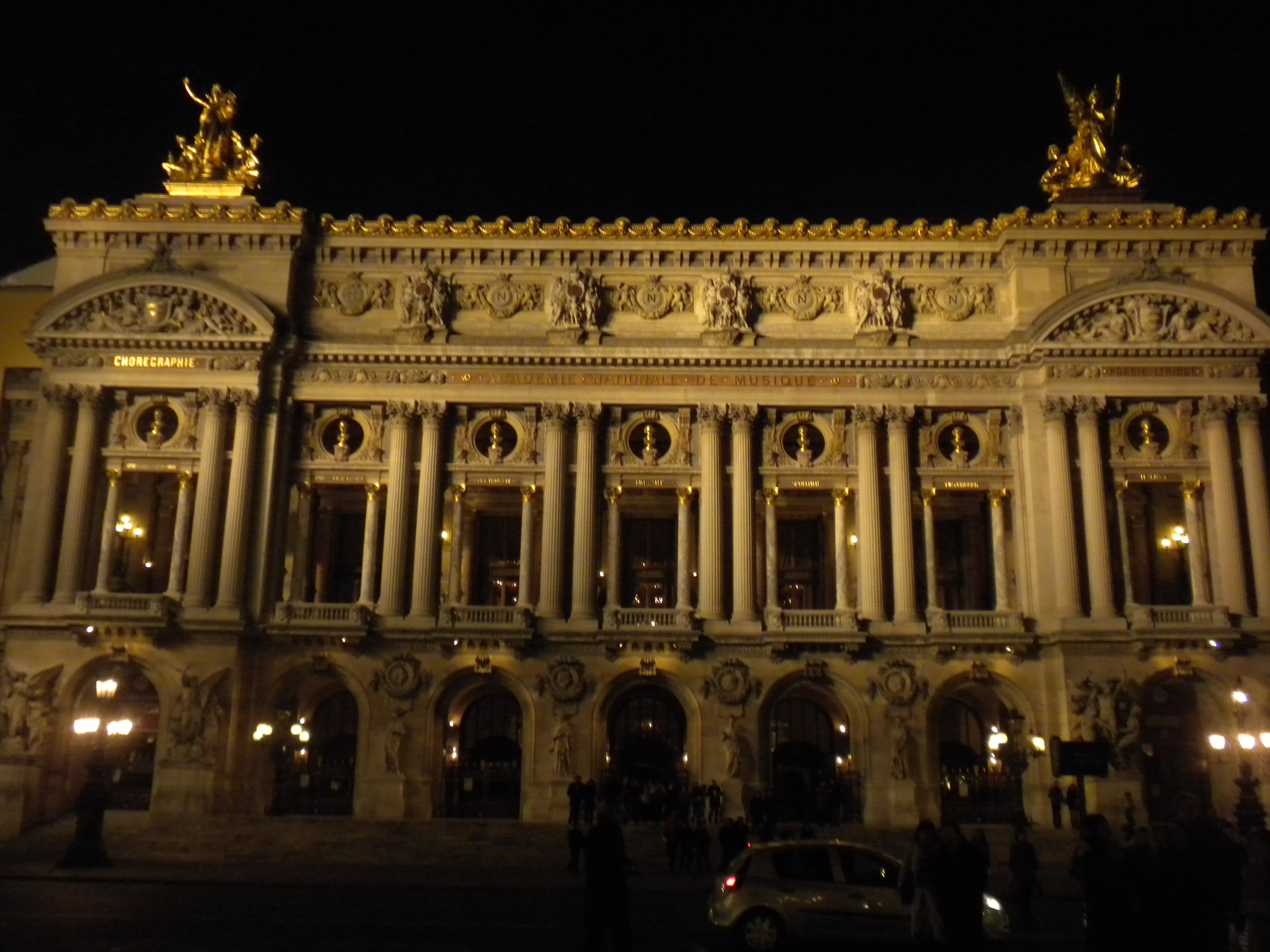
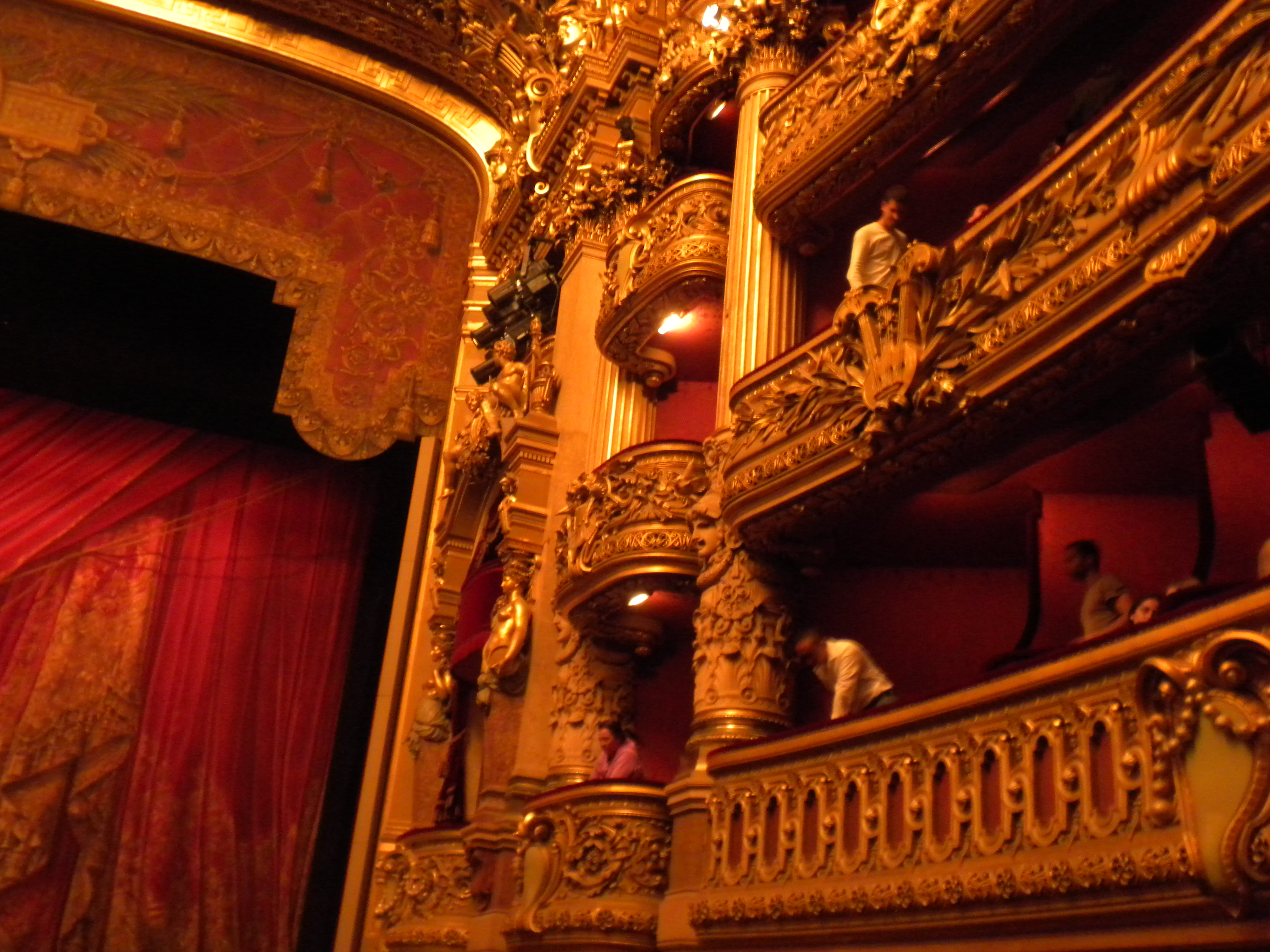


Location: Place de L'Opéra, Paris, France


